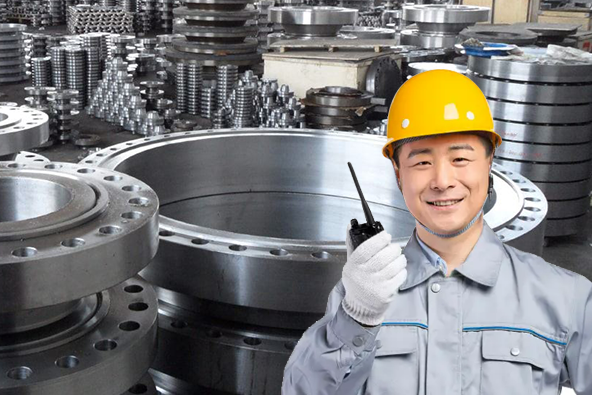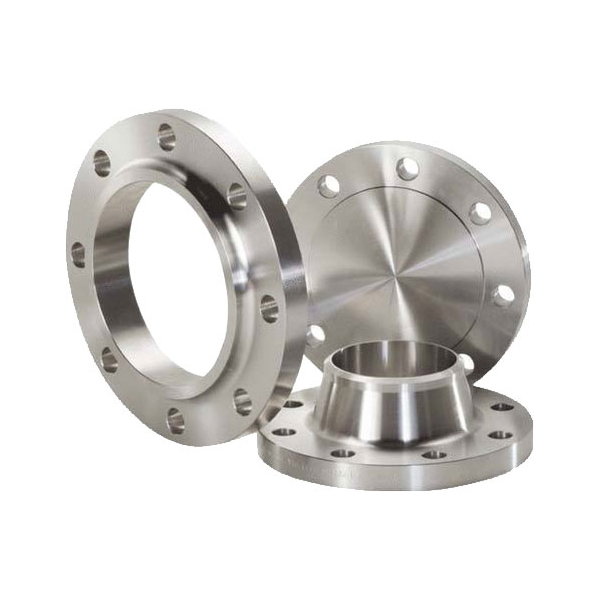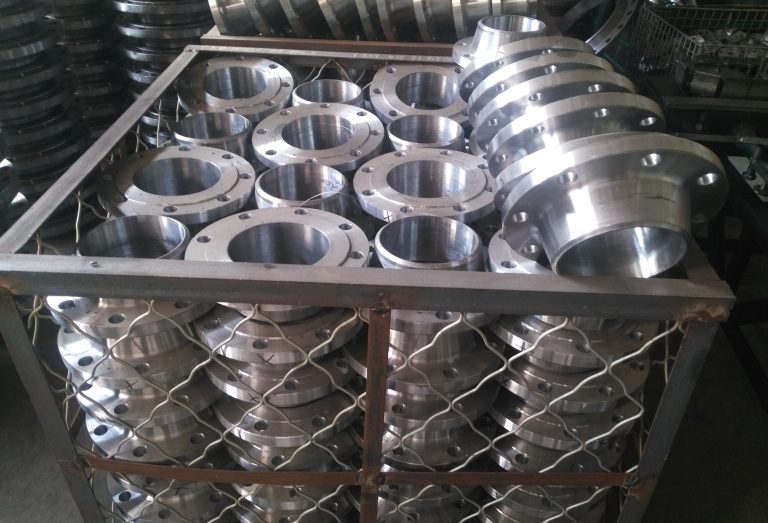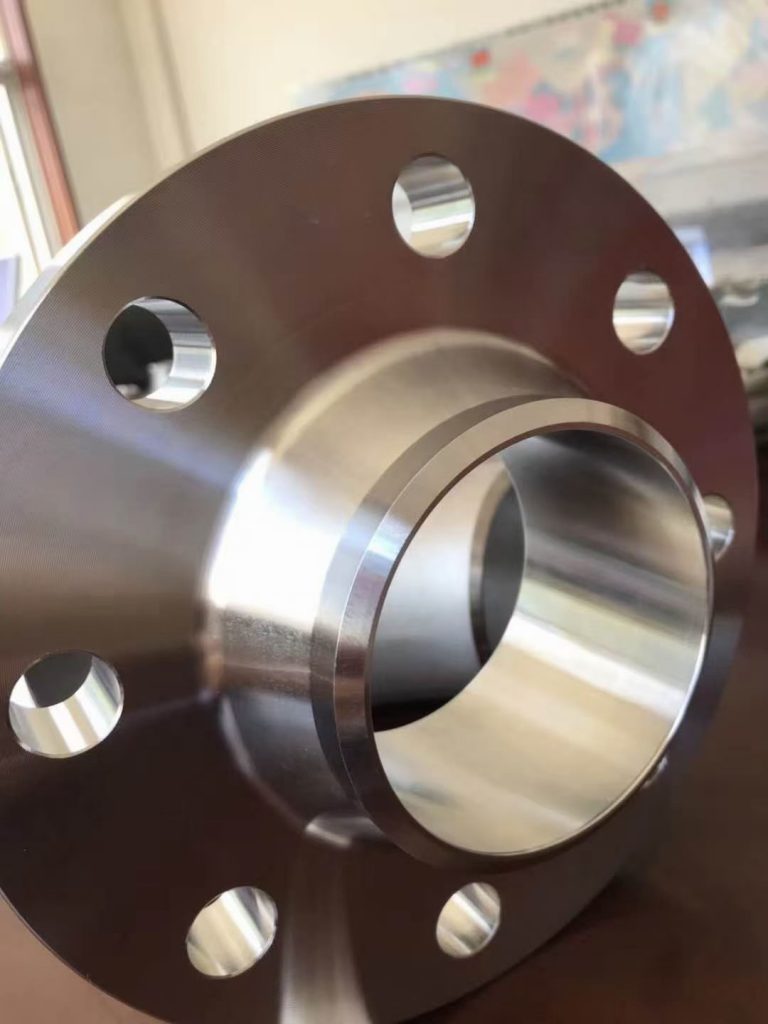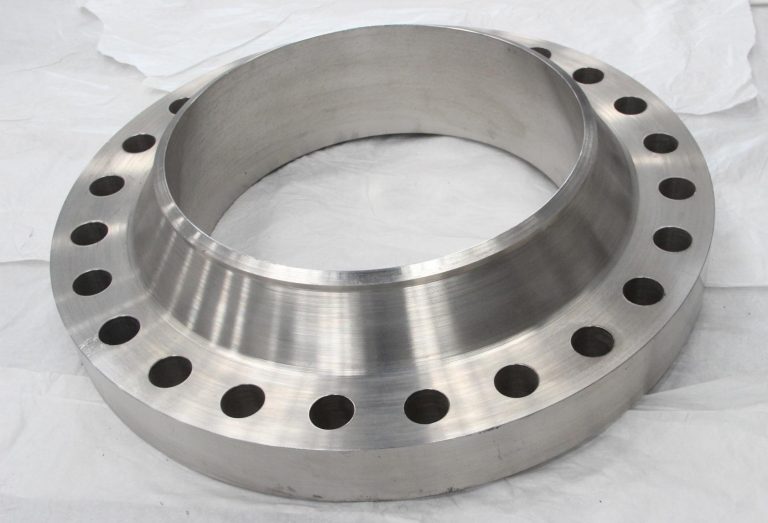I. Introduction
Flanges are a critical component of many industrial piping systems, used to connect pipes, valves, and other equipment. Two of the most common types of flanges used in industrial applications are ANSI and ASME flanges. While both types of flanges serve the same purpose, there are several differences between them that can impact their suitability for different industrial applications.

In this blog post, we’ll explore the pros and cons of ANSI and ASME flanges, and highlight the factors to consider when selecting the appropriate type of flange for a specific industrial application. By understanding the key differences between these two types of flanges, you can make an informed decision that ensures optimal performance and safety in your industrial processes.
II. ANSI Flanges
Definition and characteristics: ANSI (American National Standards Institute) flanges are a type of flange that conforms to ANSI standards. These flanges are designed for use in a wide range of industrial applications, including oil and gas, chemical, and petrochemical industries. ANSI flanges are available in various sizes, ranging from 1/2 inch to 24 inches, and are used to connect pipes and equipment of the same size.
Pros:
- Wide availability and compatibility with various pipe sizes: ANSI flanges are widely available and are compatible with a range of pipe sizes, making them a popular choice in many industries.
- Simple installation process: ANSI flanges are easy to install, requiring minimal equipment and expertise.
- Cost-effective option: ANSI flanges are typically less expensive than ASME flanges, making them a cost-effective option for many industrial applications.
Cons:
- Lower pressure ratings compared to ASME flanges: ANSI flanges have lower pressure ratings than ASME flanges, meaning they may not be suitable for applications that require high pressure.
- Limited range of materials available: ANSI flanges are available in a limited range of materials, including carbon steel, stainless steel, and aluminum.
- May not be suitable for high-temperature and high-pressure applications: Due to their lower pressure ratings, ANSI flanges may not be suitable for high-temperature and high-pressure applications, which require more robust flange designs.
Overall, ANSI flanges are a popular and cost-effective option for many industrial applications, but their suitability depends on the specific requirements of each application. When selecting a flange, it’s essential to consider factors such as pressure ratings, temperature range, and material compatibility to ensure optimal performance and safety.
III. ASME Flanges
Definition and characteristics: ASME (American Society of Mechanical Engineers) flanges are a type of flange that conforms to ASME standards. These flanges are designed for use in high-pressure and high-temperature applications, such as oil and gas, chemical, and petrochemical industries. ASME flanges are available in various sizes, ranging from 1/2 inch to 24 inches, and are used to connect pipes and equipment of the same size.
Pros:
- High-pressure ratings and suitable for extreme temperature conditions: ASME flanges have higher pressure ratings than ANSI flanges, making them suitable for extreme temperature conditions and high-pressure applications.
- Wide range of materials available, including exotic alloys: ASME flanges is available in a wide range of materials, including exotic alloys such as Hastelloy and Inconel, providing greater flexibility in choosing a material that is best suited for the specific application.
- Greater reliability and durability: ASME flanges are designed and tested to meet stringent industry standards, providing greater reliability and durability in harsh environments.
Cons:
- Higher cost compared to ANSI flanges: ASME flanges are generally more expensive than ANSI flanges due to their higher pressure ratings and more complex design.
- More complex installation process: ASME flanges require a more complex installation process, including additional equipment and expertise, compared to ANSI flanges.
- Less compatibility with various pipe sizes: ASME flanges may be less compatible with various pipe sizes, making them less versatile in certain applications.
Overall, ASME flanges are a reliable and durable option for high-pressure and high-temperature applications, but their higher cost and more complex installation process may make them less suitable for some industrial applications. When selecting a flange, it’s important to consider factors such as pressure ratings, temperature range, material compatibility, and installation requirements to ensure optimal performance and safety.
IV. Comparison and Contrast
| Factors | ANSI Flanges | ASME Flanges |
| Pressure ratings | Lower | Higher |
| Temperature range | Limited | Extreme |
| Materials available | Limited | Wide range, including exotic alloys |
| Reliability and durability | Moderate | High |
| Cost | Cost-effective | Higher cost |
| Installation process | Simple | More complex |
| Compatibility with various pipe sizes | Compatible | Less compatible |
Factors to consider when selecting the appropriate type of flange for a specific industrial application:
- Pressure and temperature requirements: The pressure and temperature requirements of the application are critical factors to consider when selecting a flange. ANSI flanges are suitable for lower pressure and temperature applications, while ASME flanges are designed for high-pressure and extreme temperature conditions.
- Material compatibility: The materials used in the application should be compatible with the flange material to avoid corrosion and other issues. ANSI flanges are available in a limited range of materials, while ASME flanges offer a wider range of options, including exotic alloys.
- Reliability and durability: The reliability and durability of the flange are important factors to consider, especially in harsh environments. ASME flanges are designed and tested to meet stringent industry standards, providing greater reliability and durability.
- Cost: The cost of the flange should be considered in relation to the specific requirements of the application. ANSI flanges are generally more cost-effective than ASME flanges but may not be suitable for high-pressure and high-temperature applications.
- Installation requirements: The installation process for the flange should be considered, as it may require additional equipment and expertise. ANSI flanges are generally simpler to install than ASME flanges.
In summary, selecting the appropriate type of flange for a specific industrial application requires careful consideration of the pressure and temperature requirements, material compatibility, reliability and durability, cost, and installation requirements. Both ANSI and ASME flanges offer unique advantages and disadvantages, and the choice of the flange should be based on the specific requirements of each application.
V. Conclusion
In summary, ANSI and ASME flanges both have their advantages and disadvantages when it comes to industrial applications. ANSI flanges are a cost-effective option with a simple installation process, but they have lower pressure ratings and a limited range of materials available. On the other hand, ASME flanges are designed for high-pressure and extreme temperature conditions, offer a wide range of materials, and are more reliable and durable, but they come with a higher cost and a more complex installation process.
When selecting the appropriate type of flange for a specific industrial application, it’s crucial to consider the pressure and temperature requirements, material compatibility, reliability and durability, cost, and installation requirements. Based on these factors, the choice of flange should be made to suit the specific requirements of each application.
In conclusion, there is no one-size-fits-all answer to whether ANSI or ASME flanges are the best choice for different industrial applications. The choice depends on the specific requirements of each application, and it’s essential to weigh the pros and cons of each option carefully. Ultimately, selecting the right type of flange will ensure the safety, reliability, and longevity of the industrial system.
Lewis Liu
Hello, I am Lewis Liu, a professional sales engineer with over ten years of experience in the flange fittings industry. I am highly knowledgeable in flange selection, installation, and maintenance. I am passionate about providing customers with the best solutions to ensure their pipeline systems run smoothly, safely, and reliably.
If you have any questions or concerns regarding flange fittings for your pipelines, whether it’s about selection, material choice, specification requirements, or any other aspect, please feel free to contact me at any time. I am committed to offering professional advice and assistance to help you make informed decisions and meet your needs.
